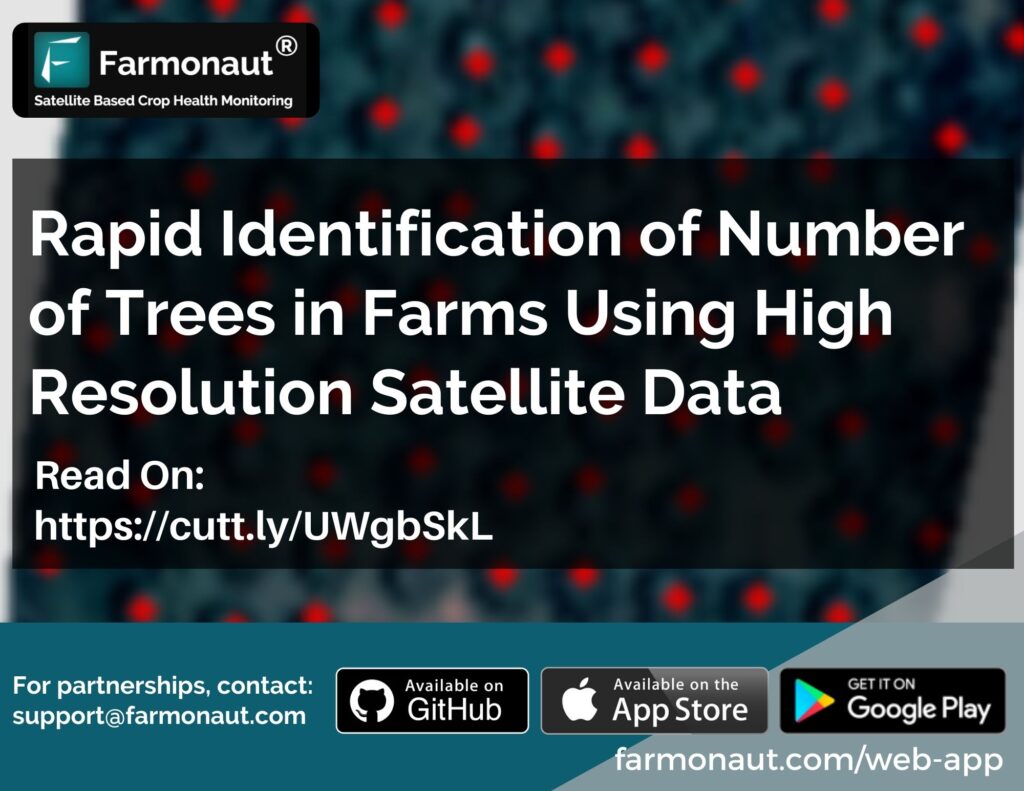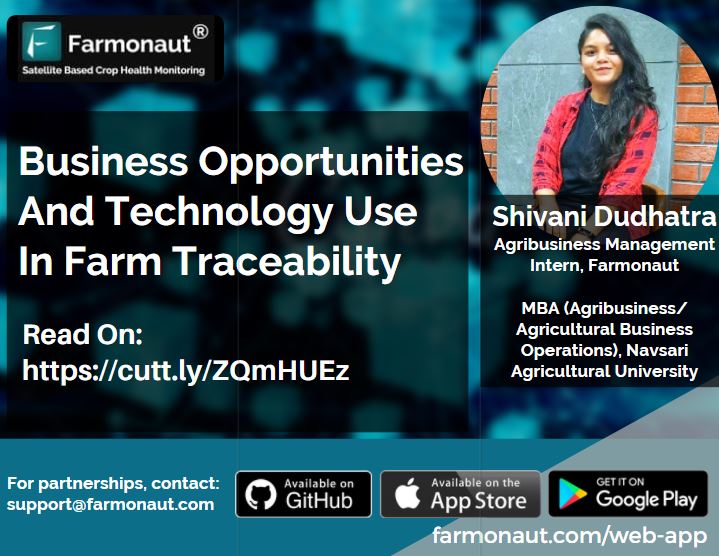Identifying Number of Trees Within a Farm
At Farmonaut, we estimated the number of trees for more than 800 farmlands totaling 1000+ hectares in area for one of our corporate clients. Not only did our system got the results pretty accurate, but also the automation system developed by us made the estimation at a faster pace.



